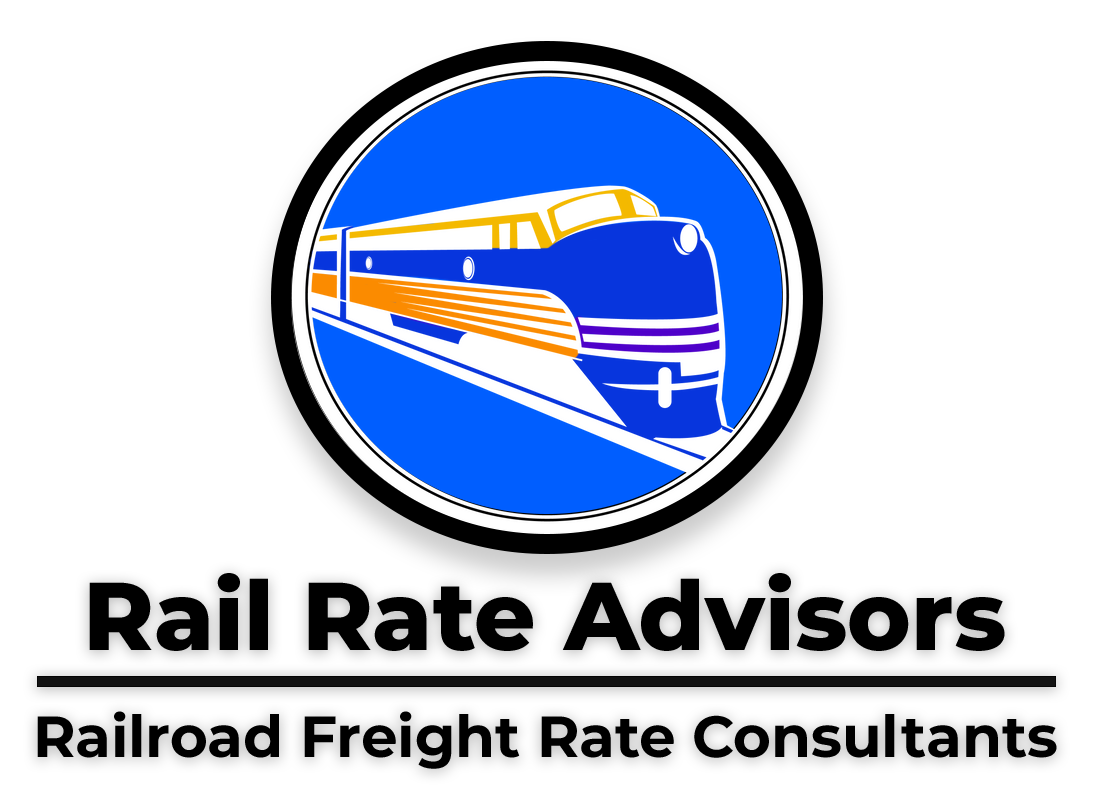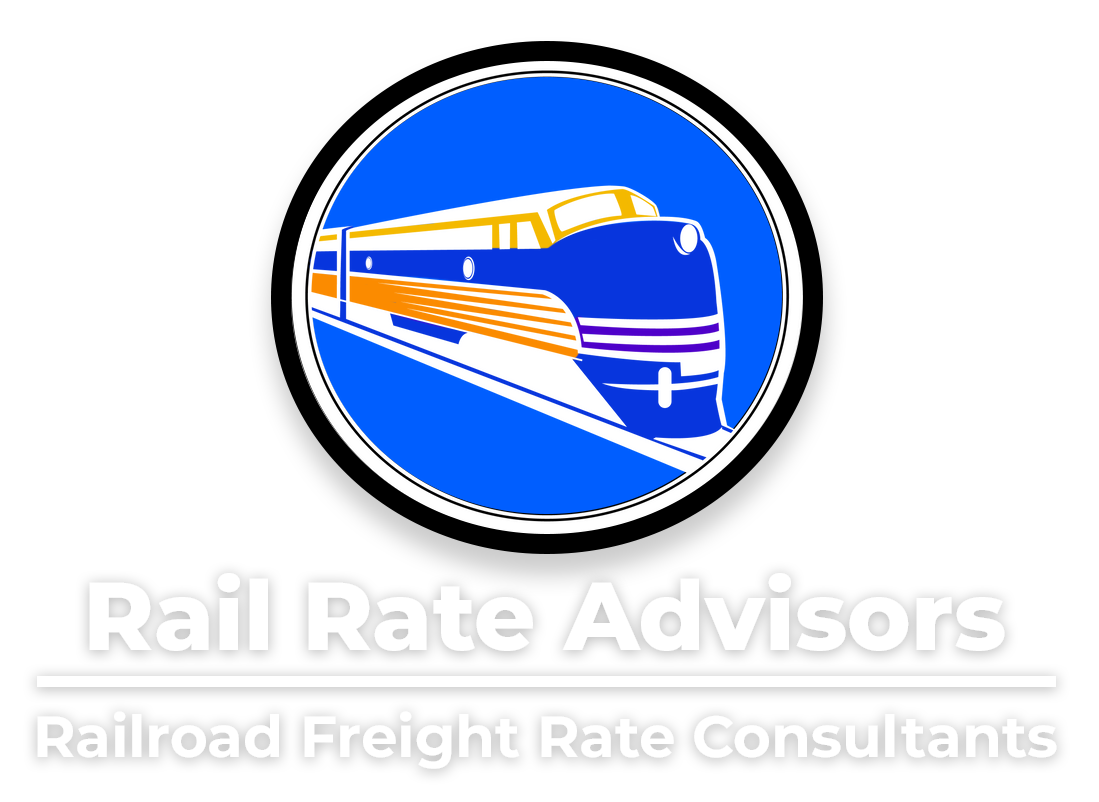Managing the Supply Chain
Whatever your role with the railroad, it will probably change depending on the project at hand. This section discusses the different user types for the information we provide.

Different Roles... Different Needs
Practical users need rail rate information to solve a practical problem now.
Academic users work on major projects, requiring weeks or months of research.
PRACTICAL USERS
The practical user needs to make a decision now and will use our rail rate data to make that decision. Practical users include shippers, receivers, warehouses, transloaders, and 3PL’s.
Shippers pay the railroad, so they are concerned with how much they pay, and how much of the rate to pass on to the receiver. Knowing the rate during negotiations decreases uncertainty and increases profitability.
Receivers ultimately pay the freight and need to know that the portion of the landed cost that they pay towards rail freight is reasonable.
Warehouses, transloaders and 3PL’s sell a package of services to reduce costs: rail for longer hauls of higher volume, offsite warehousing, and last mile trucking for higher service levels. Knowing rail rates when building the package builds confidence in the services they offer.
Practical users could use our service on their phone to query a rate request while sitting with their new client. When the question comes up “how much do you think rail freight would cost,” you’ll have the answer in hand in seconds.
Practicals need to know that railroads employ Protected Profitability to reduce rate-cannibalism. When railroads are asked to quote a new (replacement) route they check the profit of the current route. That profit, regardless of all other factors, will be protected by being added to the cost of the new route. In other words, your railroad market manager is not going to lose his profit just because you are trying to save money using a new source.
ACADEMIC USERS
The Academic user is exploring options and evaluating scenarios for likely outcomes. Generally there is more at stake and a long term view is considered. Academic users include corporate executives, government agencies, and universities and consultants.
The C-suite is concerned with service levels first and costs second. Service levels fluctuate based on customers willingness to pay. Therefore supply chains grow and shrink in complexity and calculations may include thousands of OD pairs. A concern when committing resources is becoming captive. Our rates show the entire range of rates paid to help you understand the elasticity of the market.
Government agencies consider positive and negative externalities such as economic development, employment, highway congestion, and environmental impact. These studies weigh benefits to society against the costs of creating the benefits. Rail activities have a major impact on local and regional agencies and knowing rail costs vs other modes and options provide the basis for policy making.
Universities and consultants often solve the same problem; one taking a theoretical approach and the other making a more pragmatic approach. Pragmatic topics include network design and site selection to increase service levels and reduce costs. Theoretical topics have a much wider span and include national security, education awarding of grants, new technology, etc.
Academics take a long term view. New tracks and facilities may last 40 years, while ports may still be standing thousands of years from now and be the center of economic activity for an entire region. Therefore, price trends may be more important than todays current price. Many a captive customer understand that slow and steady price increases they’ve experienced since the beginning the rail renaissance.



